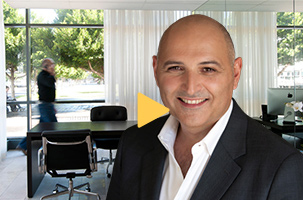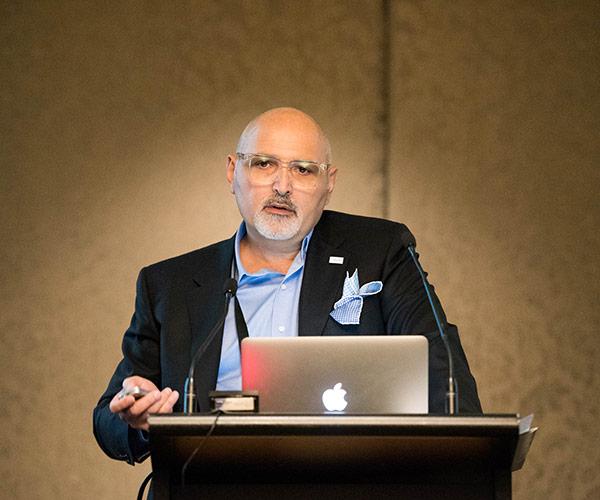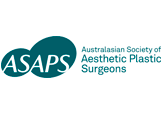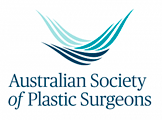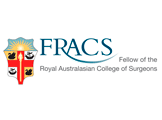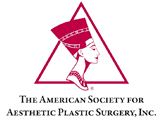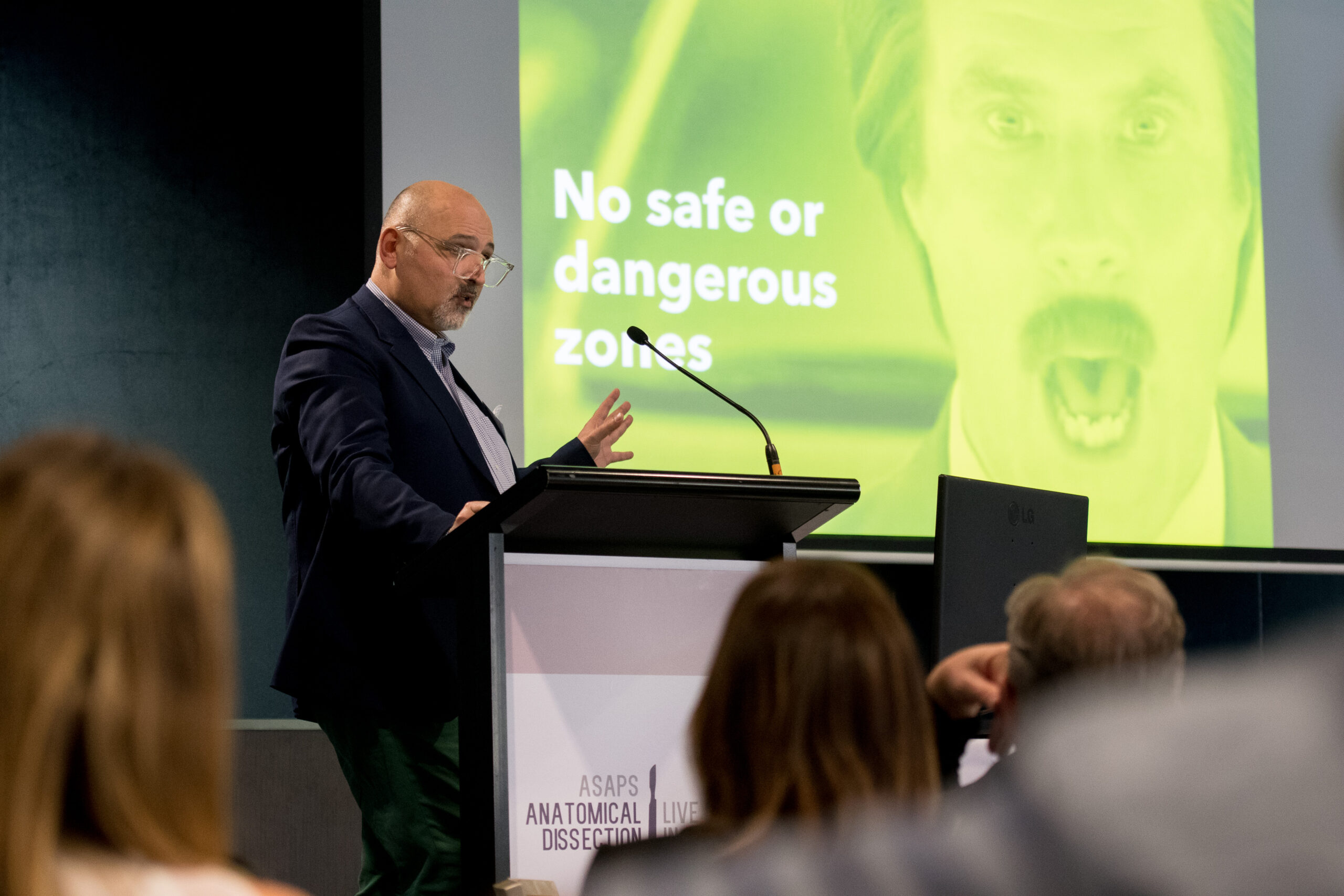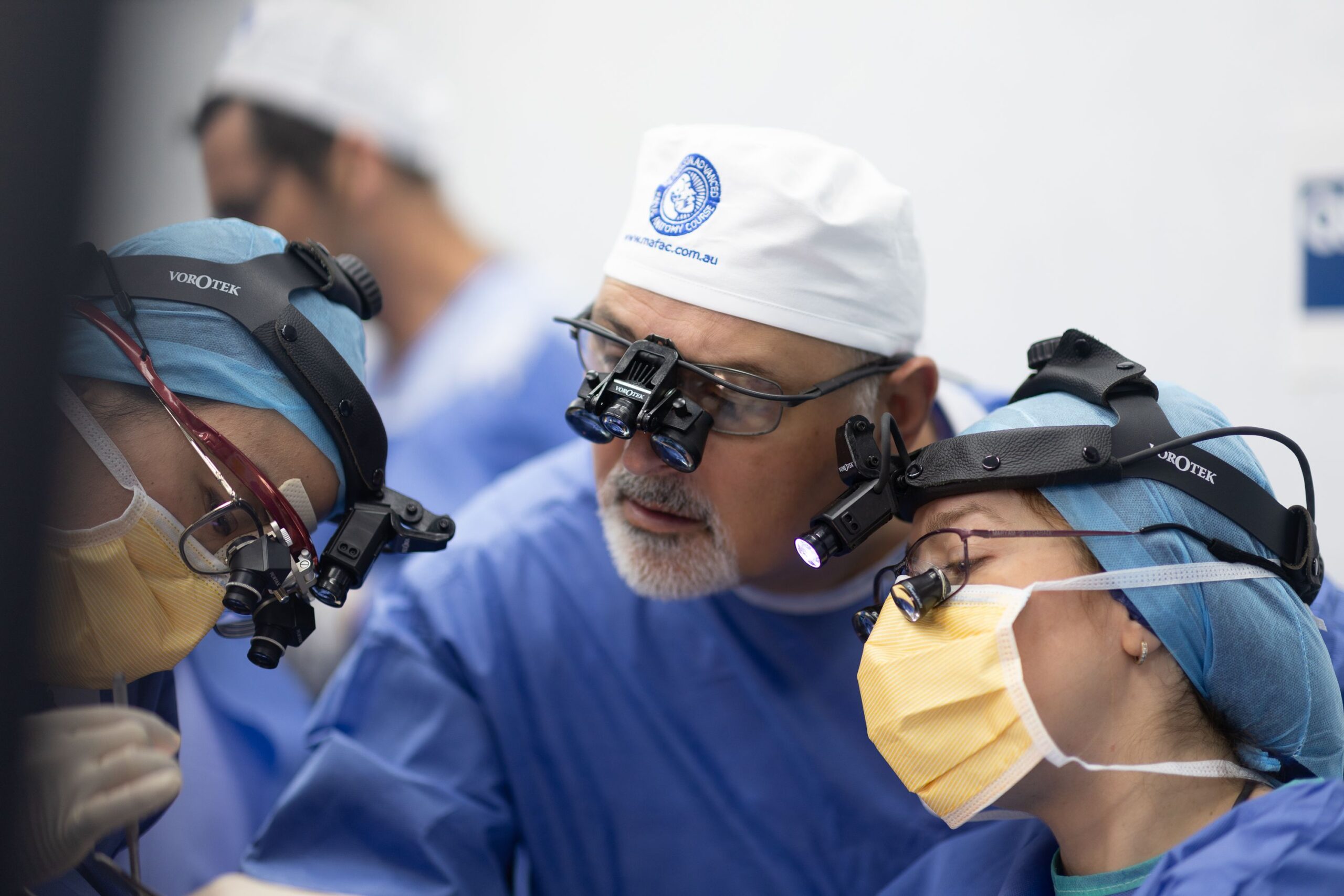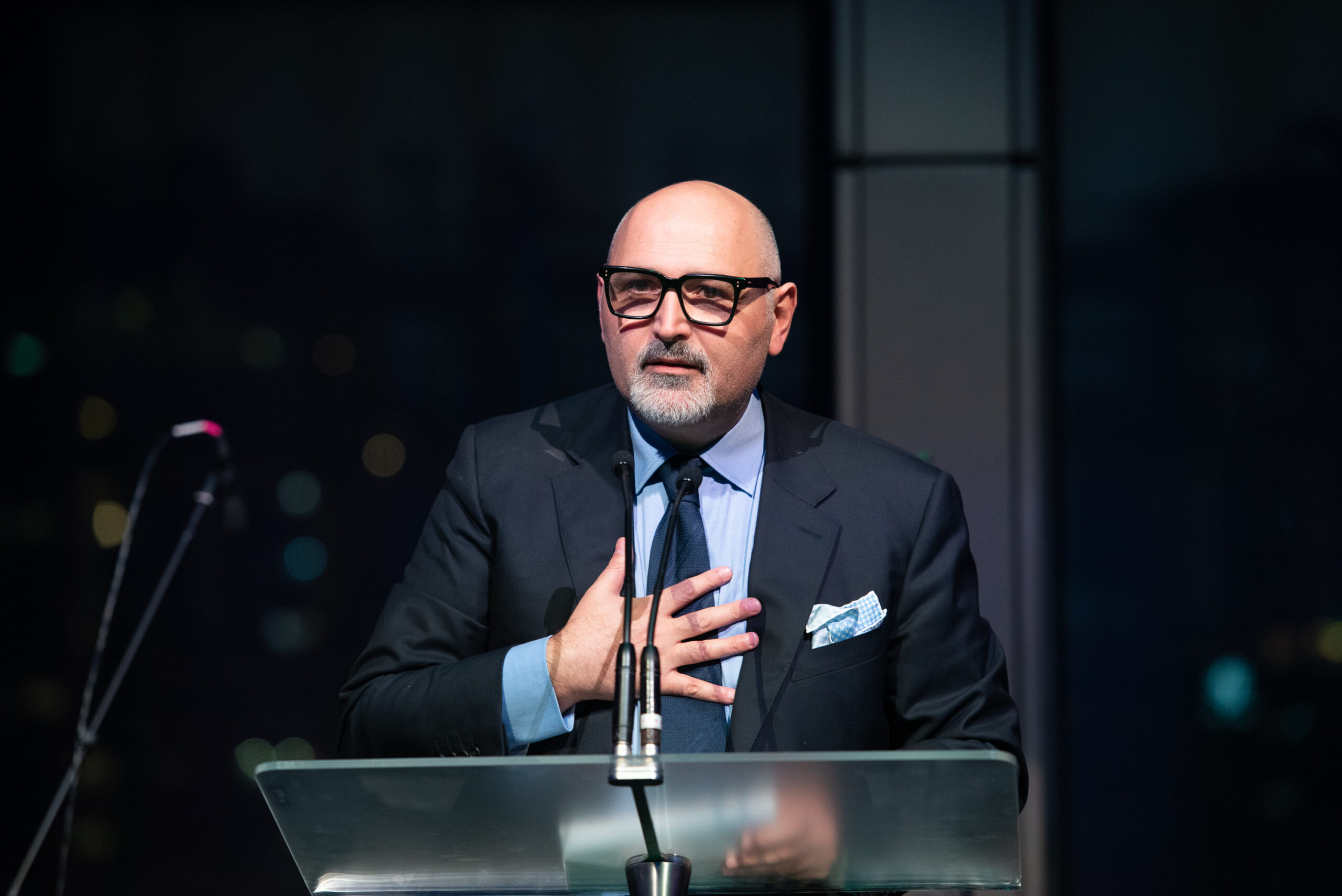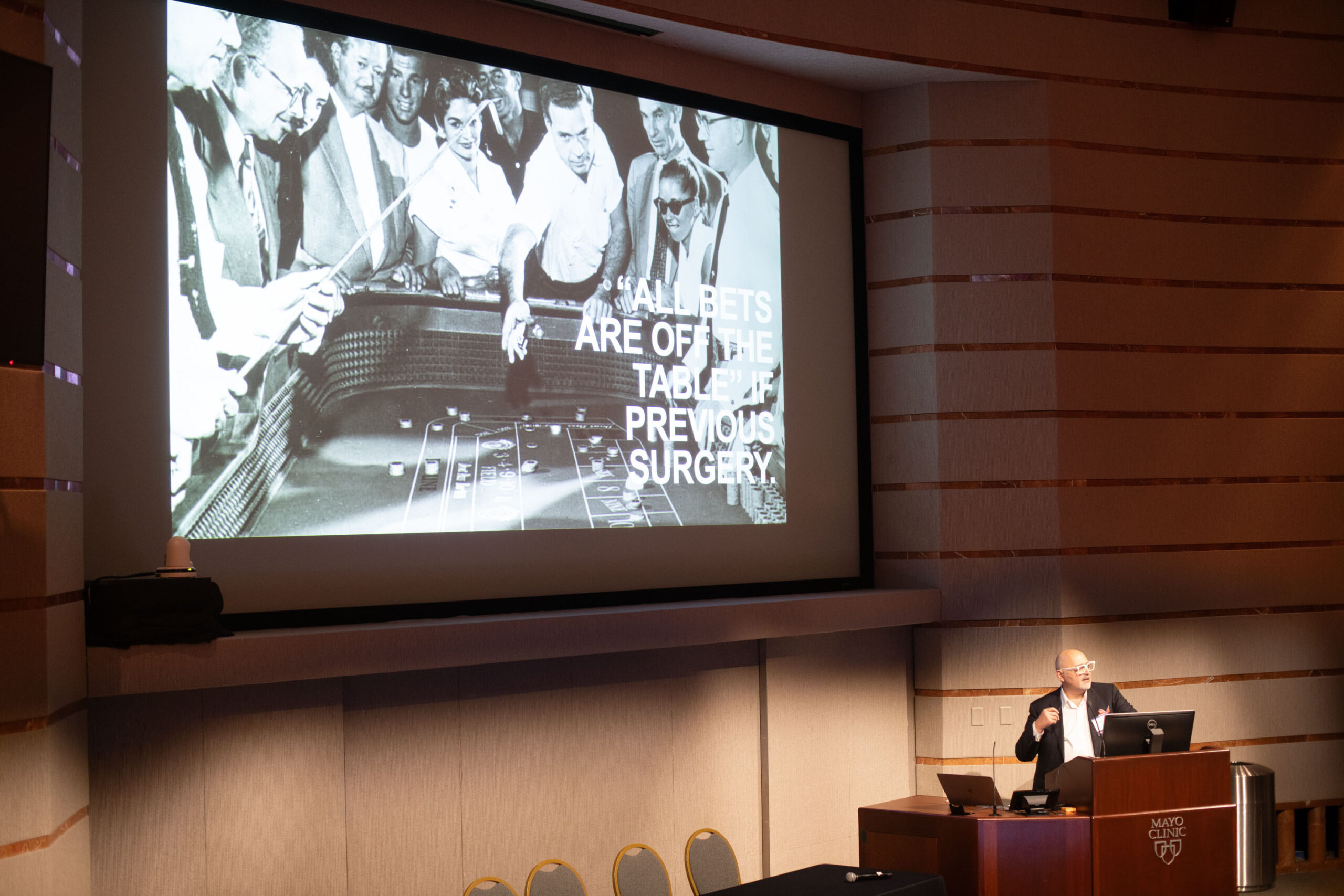Quick Facts About Breast Augmentation
- Procedure Duration: 1–2 hours.
- Anaesthesia: General anaesthesia.
- Hospital Stay: Day procedure or overnight stay.
- Results: Immediate improvements; final results are visible after the swelling subsides (6–12 weeks).
- Longevity: Implants typically last 10–15 years, though this varies by individual.
- Best Candidates: Healthy individuals looking to enhance breast size, correct asymmetry, or restore volume lost due to weight loss, pregnancy, or ageing.
What to Expect
Before Surgery:
Your consultation with Dr. Tim includes a detailed discussion of your aesthetic goals, a physical examination, and a thorough explanation of implant options, including subfascial placement. Dr. Tim will help you choose the best implant type, size, and position for your anatomy and desired outcome.
During Surgery:
The procedure is performed in a fully accredited surgical facility under general anaesthesia. After creating a carefully planned incision, the implant is inserted into the selected position (subglandular, subfascial, or submuscular) and adjusted for symmetry and balance. The incision is closed with fine sutures, and a surgical bra or dressing is applied for support.
After Surgery:
You may experience mild swelling, bruising, and discomfort, which are normal and typically subside within a few weeks. Dr. Tim will schedule follow-up appointments to monitor your recovery and ensure optimal results.
Breast augmentation is a surgical procedure that enhances the size, shape, and symmetry of the breasts using implants or fat transfer.
Subfascial placement involves positioning the implant beneath the fascia, a fibrous tissue layer overlying the chest muscle. This method combines the natural look of submuscular placement with fewer risks of muscle distortion.
Healthy individuals with realistic expectations who wish to enhance breast size, restore volume, or correct asymmetry are ideal candidates.
Breast implants typically last 10–15 years, though they may need replacement due to individual factors or lifestyle changes.
Scars are minimal and strategically placed in inconspicuous areas such as the inframammary fold, around the areola, or in the armpit.
Most patients resume light activities within a week, but full recovery and resumption of strenuous activities may take 4–6 weeks.
Risks
While breast augmentation is generally safe, potential risks include:
- Infection or delayed wound healing.
- Capsular contracture (scar tissue formation around the implant).
- Implant rupture or leakage.
- Asymmetry or unsatisfactory aesthetic outcomes.
- Changes in nipple sensation (temporary or permanent).
- Rare risks of blood clots or anaesthesia-related complications.
Recovery Tips
- Follow Post-Operative Instructions: Adhere to the recovery guidelines provided by Dr. Tim and his team.
- Wear a Supportive Bra: A surgical bra or compression garment will reduce swelling and support healing.
- Avoid Strenuous Activities: Refrain from heavy lifting or intense exercise for 4–6 weeks.
- Sleep on Your Back: Minimise pressure on the breasts by sleeping on your back.
- Manage Pain and Swelling: Use prescribed medications and cold compresses to alleviate discomfort.
- Be Patient: Full recovery may take several months as the implants settle and swelling subsides.

